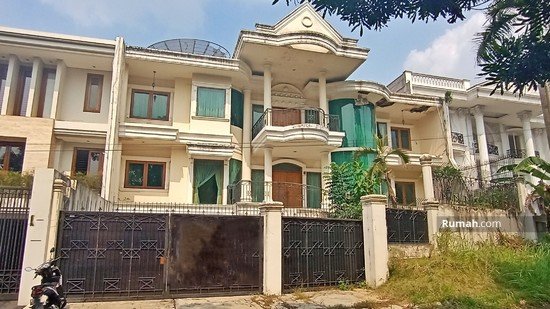Highest and Best Use
The Highest and Best Use of a property refers to the reasonably probable and legal use of vacant land or an improved property that is physically possible, appropriately supported, and financially feasible and that results in the highest value.
A highest and best use study seeks to identify which use would bring maximum value to a piece of vacant land or an improved parcel.
A highest and best use analysis for a given property must meet certain criteria that flow in sequential order. The order is generally:
- Legally permissible
- Physically possible
- Financially feasible
- Maximally productive
The sequential order of legally permissible and physically possible may be applied in either order. However, a potential use must comply with both these requirements prior to moving into the financially feasible or maximally productive analysis. That is, a use that is not legally permissible by zoning or other restrictions, or that is not physically possible due to site or building limitations would not be considered for financial feasibility.
Highest and Best Use As Vacant vs. As Improved
Most real estate is either vacant (land) or improved with one or more buildings. As a result, highest and best use analyses are divided into two subcategories:
Highest and best use, as though vacant
An analysis related to the highest and best use as vacant seeks to identify the highest and best use of the land as if it were available for development. This is done by either hypothetically assuming there is no building (if it is already improved), or by utilizing the existing characteristics (if there is no building) of the land.
An analysis related to the highest and best use as improved is applicable if the property is improved, or slated for new construction. This analysis seeks to identify the highest and best use of the property while taking into account the existing or proposed improvements. If an appraisal is being developed for new construction, it is common to also analyze the highest and best use as if improved as proposed.
In an analysis into the highest and best use, as though vacant, appraisers generally seek to answer the following questions:
Should the land be developed or left vacant?
If left vacant, when would future development be financially feasible?
If developed, what kind of improvement should be built?
As vacant, the highest and best use of a property may be to continue keeping the land vacant if there is no financially feasible development option. This could be considered an interim use until conditions become favorable for development. Or, the highest and best use could be to immediately develop the land into a specific property type.
If vertical development is feasible for multiple property types (uses), whichever property type yields the highest residual land value is the highest and best use of the land as though vacant.
Residual land value is most commonly found one of two ways. Firstly, it can be found by estimating the value of the proposed use (land and building- what it will be worth when complete), and subtracting all development costs including labor, hard costs and profit. The remaining value is the residual land value. If there is no remaining value, or the value is negative, the use is not financially feasible.

Alternatively, the residual land value can be estimated by capitalizing the residual income attributed to the land. One way to do this is to first estimate total net operating income (NOI) of the property. Next, the NOI attributed to the building is deducted. This is typically found by multiplying the building value (in this case the cost to construct the building) by an appropriate cap rate (building capitalization rate) to arrive at the required portion of NOI necessary to support the value and cost of the building. The remaining portion of the entire NOI (NOI minus income attributed to building) is considered to be the residual income to the land. This amount is then capitalized by an appropriate cap rate (land capitalization rate) to arrive at the value of the land. This method is referred to the land residual technique.
It is important to understand that if an appraiser is developing a stand-along highest and best use study of the land as though vacant, or even if it is a subsection of an appraisal, the residual land value determined as a result of the analysis may not be absolute, nor certified. Rather, it is used to compare relative alternatives to understand which use would yield a higher value.
Conversely, the highest and best use analysis, as improved, generally contemplates 3 options:
- Demolish the existing improvements and redevelop the site
- Continue the existing use
- Modify the existing use
These relate to the following questions:
Should the existing improvements on the property be maintained in their current state, should they be altered in some manner to make them more valuable, or should they be demolished to create a vacant site for a different use?
If renovation or redevelopment is warranted, when should the new improvements be built?
If the existing use will remain financially feasible and is more profitable than modification or redevelopment, the existing use will remain the highest and best use of the property as improved.
If the benefits of modifying the property or redeveloping the property outweigh all costs, including demolition, altering the property is generally considered financially feasible.
More info please visit julizar.com and if you are looking for hotel dijual please check here